Greetings in The Mighty Name of Jesus, The Christ!!!
Wind Of Doctrine
Psalm 55:8 KJV
“I would hasten my escape from the windy storm [and] tempest."
Brothers and Sisters do you Hear the Wind, do you Understand the Violence of the Wind? Right now, there is a Great Battle that is raging and many have become casualties, being blinded by the countless numbers that have risen up in our day. Scriptures tell us that in the Last Days that there will be all kinds of False Doctrine that many will believe and go astray.
Ephesians 4:14 KJV
“That we [henceforth] be no more children, tossed to and fro, and carried about with every wind of doctrine, by the sleight of men, [and] cunning craftiness, whereby they lie in wait to deceive;"
Romans 16:17 KJV
“Now I beseech you, brethren, mark them which cause divisions and offences contrary to the doctrine which ye have learned; and avoid them."
Brothers and Sisters Understand this, there is ONLY ONE WORD and there is ONLY ONE INTERPRETATION and that is, The Fathers! The Father, Jesus and The Holy Spirit will not, cannot, tell one Group, one Denomination one thing, then tell another something totally different, it is an impossibility!!!
We are Commanded to KEEP the Unity of The Spirit, but then how can we, because on Every Doctrine speaks of its own self.
For one church, Denomination, believes in Speaking of Tongues and another says it is of Satan, but yet The Word says there is Speaking Of Tongues, so then, the Denomination that believes not, we should Avoid Them, for they Speak against The Doctrine set by God. For another church, Denomination believes in the Five Offices that Jesus Himself set for these latter days to bring us into maturity, but yet there are many Denominations that only hold to One Office, that of a Pastor, but The Word Set By God, says differently, so then, we should Avoid those who Believe a Different Doctrine. Nowhere in The Bible does it say any of The Five Offices will be no more, but Man and Satan has, by Adding To The Word, having set a False Doctrine in order, avoiding such Scriptures or explaining them away.
For then, do we have a problem within The Body Of Christ, for there is Only One Right Word, not many, that are to bring us into Maturity In God The Father through Jesus, by The Holy Spirit, or else the following Scriptures you need to Remove as they would be considered as False Doctrine to many…
Ephesians 4:3-6 KJV
"3 Endeavouring to keep the unity of the Spirit in the bond of peace. 4 [There is] one body, and one Spirit, even as ye are called in one hope of your calling; 5 One Lord, one faith, one baptism, 6 One God and Father of all, who [is] above all, and through all, and in you all."
Brothers and Sisters do YOU Not Understand that it is YOU who brings Division within The House Of God and it is Not God who has done so. It is Impossible for The Father to say one thing then turn in the same breath say to another the opposite of the first. Nor can Jesus set within The House those who He Calls, but turns around and says You will be taught of Ungodly Men and Women what I have said to make Jesus a liar!! For did Jesus Not send The Holy Spirit to Teach Us, to Comfort us in How we are to Live as The Father has demanded!!! But yet in all of these things YOU would agree with Your Lips, but would Stand upon a Doctrine that Speaks against!!!
Brothers and Sister Understand THIS, that False Doctrine can be that of The Bible that has been Manipulated to speak against what the Real Truth is. For example, in…
Romans 10:9-10 KJV
"9 That if thou shalt confess with thy mouth the Lord Jesus, and shalt believe in thine heart that God hath raised him from the dead, thou shalt be saved. 10 For with the heart man believeth unto righteousness; and with the mouth confession is made unto salvation."
These Two Scriptures have lead many onto a path of False Doctrine, for many Believe that all someone has to do is Say they Believe in Jesus and Say they Believe He Rose from The Dead and they will be Saved, that nothing else has to happen, but this in Contrary to Scripture. For if this was all that was needed to be Saved from The Lake Of Fire, then the Bible would not be needed, but only a pamphlet. We would Not Need the Old Testament, nor would we Need How To Live within The New Testament, because it would not matter at all!!! But Jesus said this…
Matthew 7:21 KJV
“Not every one that saith unto me, Lord, Lord, shall enter into the kingdom of heaven; but he that doeth the will of my Father which is in heaven."
Luke 6:46 KJV
“And why call ye me, Lord, Lord, and do not the things which I say?"
There, Brothers and Sisters, MUST be Change, MUST be Action along with Confession that Jesus is Savior and Lord!!! If it were not so, then Jesus Statement saying that Confession is Not Enough would be a lie, but with Confession MUST HAVE be Doing The Fathers Will in order to Enter into The Kingdom of Heaven. Many False Doctrine Exclude that we Must Do The Fathers Will in order to be Saved!!!
Brothers and Sisters, again, do you really think that The Fathers Will on How we are to live, What we are to Believe is going to Change, be Different among those Who Claim to be Saved? This would make God a Lunatic!!!
Too many of you do not Understand that by Following such things that Speak Against The Word has made what Jesus did a Chaos Joke!!! Here is a Scripture that you can laugh at…
John 13:35 KJV
“By this shall all [men] know that ye are my disciples, if ye have love one to another."
Jesus is The Word of The Father, The Word is Unchanging, if we say we Follow Jesus Teachings, then we are His Disciples and The Love that Jesus showed His Disciples we are to be Likewise…in this One Scripture it says this… WE MUST AGREE WITH ONE ANOTHER ON ONE WORD!!!
John 1:1, 14 KJV
"1 In the beginning was the Word, and the Word was with God, and the Word was God. ... 14 And the Word was made flesh, and dwelt among us, (and we beheld his glory, the glory as of the only begotten of the Father,) full of grace and truth."
Hebrews 13:8 KJV
“Jesus Christ the same yesterday, and to day, and for ever."
This means, Brothers and Sisters, that there can only be One Word and we, Brothers and Sisters, it we are The Disciples Of Jesus, MUST Agree upon One Word!
It’s funny, but not really, how many Claim to be a Disciple of Jesus, that many Claim The Bible is The Last Word, but yet will Divide The Word to THEIR OWN LIKING and do not care What God Thinks about it, that YOU will Believe whatever suites you and can care less what others think, but yet again, it is The Word that will judge us all!!
I have had to learn through hard knock school on many things dealing with Our Lord Jesus and His Word, that The Foundation that Jesus is the Chief Corner Stone of, is Unchanging, is Unmovable but that Man and Satan have tried to Change it and Move it to their liking, to satisfy The Flesh of their Own Reasoning.
Indeed we are in The Last Days of The Gentiles, so many things have come to pass, so many things are Living Proof of Jesus Return for His Bride and the most clearest thing, is a Fragmented Church.
2 Timothy 4:3-4 KJV
"3 For the time will come when they will not endure sound doctrine; but after their own lusts shall they heap to themselves teachers, having itching ears; 4 And they shall turn away [their] ears from the truth, and shall be turned unto fables."
This Brothers and Sisters are where we are today. Every person who Claims that this church or that church is the only correct one and they do not adhere to The Fullness Of Scriptures, are all as this Scripture says. Anyone who says that this Denomination or that Denomination has all of the right answers is blind and has fallen into a pit. For The Church that Jesus died for has No Name, has No Walls, has No Doctrine of its own, but Accepts The Bible in its fullness from Beginning to the Ending with No Variation. I have had to stop going to any church, any denomination because too many have sprinkled False Doctrine with a Partial Truth of Doctrine, making it False in its entirety.
1 Corinthians 5:6 KJV
“Your glorying [is] not good. Know ye not that a little leaven leaveneth the whole lump?"
Galatians 5:9 KJV
“A little leaven leaveneth the whole lump."
True Doctrine cannot be carried about with the Wind, but will Stand Against The Wind Of Change!!!
Amen and Amen!!!
Email: godsonlyfoundation@gmail.com
Website: ApostleLee.com
John 8 some teachers of the law and Pharisees tried to trap by bringing a woman whom they accused of committing adultery to Jesus. This story wasn’t about the woman or about Jesus straightening out a group of men. Click on the link below to read about the real emphasis. #BibleStudy #Devotions #Forgiveness #John #sin #worship
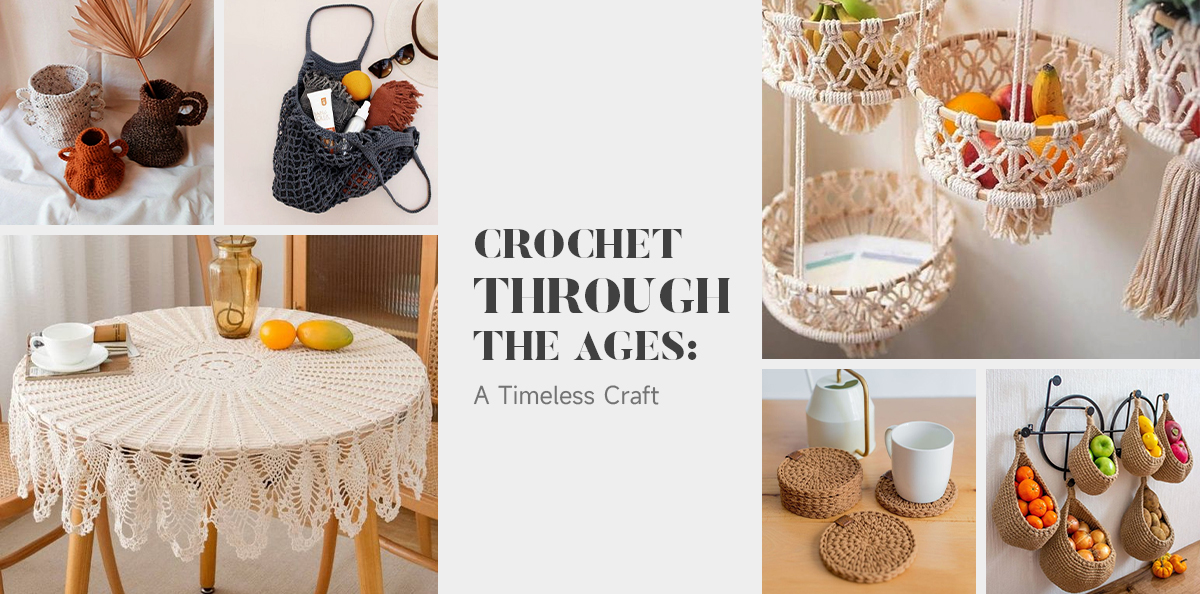

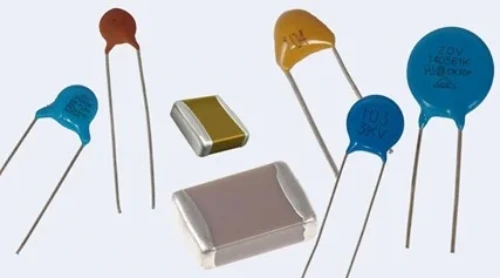

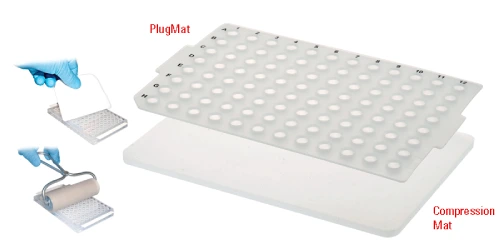
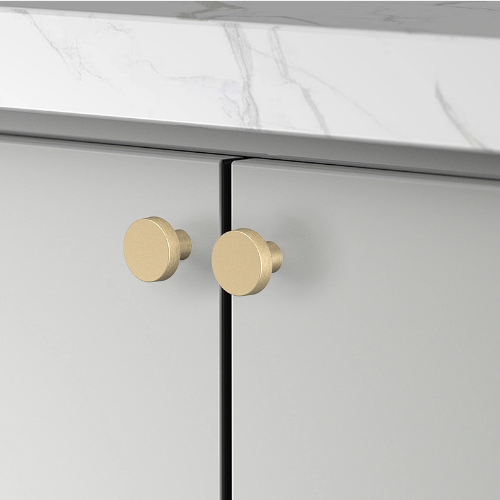

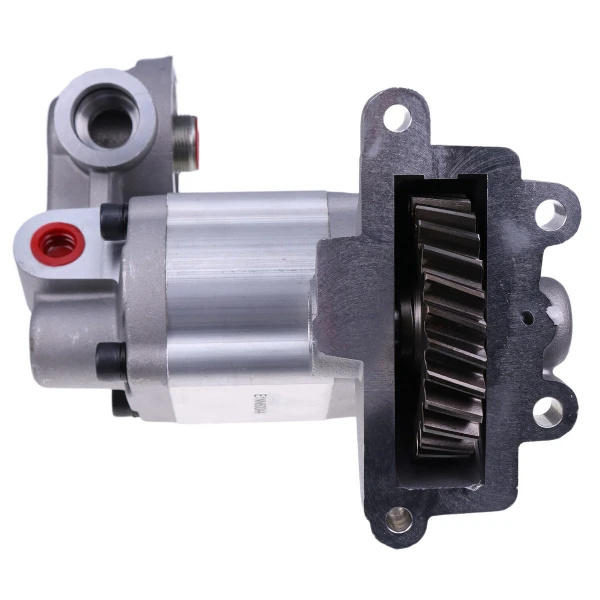
 https://bsptools.com/wp-content/uploads/2024/06/图片1-3-350x233.png 350w,
https://bsptools.com/wp-content/uploads/2024/06/图片1-3-350x233.png 350w,  https://bsptools.com/wp-content/uploads/2024/06/图片2-2-350x233.png 350w,
https://bsptools.com/wp-content/uploads/2024/06/图片2-2-350x233.png 350w, 
